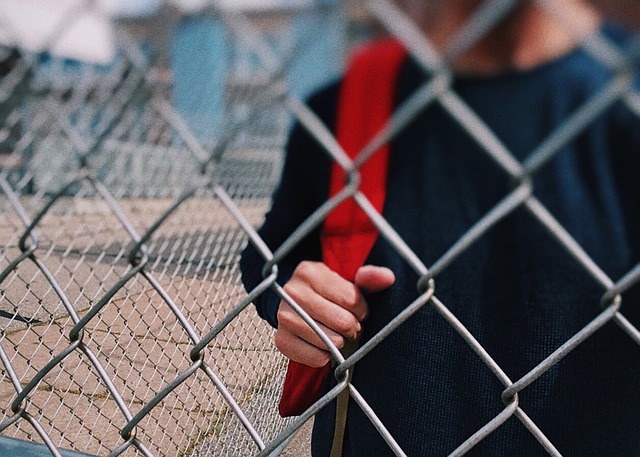How to Evaluate Online Science Resources for Early Learners
There is growing awareness that early science experiences are fundamental to children’s science learning, interests, and identities. Reflecting that fact, the coronavirus (COVID-19) school closings have resulted in a tidal wave of digital science resources aimed at preschool, kindergarten, and first-grade teachers. As educators and researchers who support early science, my colleagues Claire Christensen and Regan Vidiksis and I wanted to help, but we were hesitant to add to the extensive list of online science videos, games, and activities teachers already had to sort through. Instead, we generated a set of questions teachers can use to evaluate the resources they find—on science websites, in apps, or on YouTube—and decide which ones to share with their young students and their families.
New Strategies in Special Education as Kids Learn From Home
Unlike developing a whole-class lesson plan online, special education teachers are now tasked with developing unique plans for every student that align with their IEPs, as required by federal mandate. One huge hurdle, teachers say, is determining if both the learning and services students are accustomed to receiving in school—things like gross motor remediation and behavioral therapy—can even be offered in a home-based setting or through digital resources.
What Happens to the Youngest Learners During This Crisis? Inside an Empty Preschool
Everything has come to a screeching halt. Our preschool, normally alive with children belting out their morning circle time songs, has become eerily quiet. The end-of-the-day fogging to disinfect the building has left a dull film that now covers the brightly colored toys. Students’ artwork and a few of our teachers’ materials are still scattered around, giving the impression that we were coming back the next day. We couldn’t have been more wrong. COVID-19 has shut down our preschool for an indefinite length of time. We now are faced with a dilemma: How …

